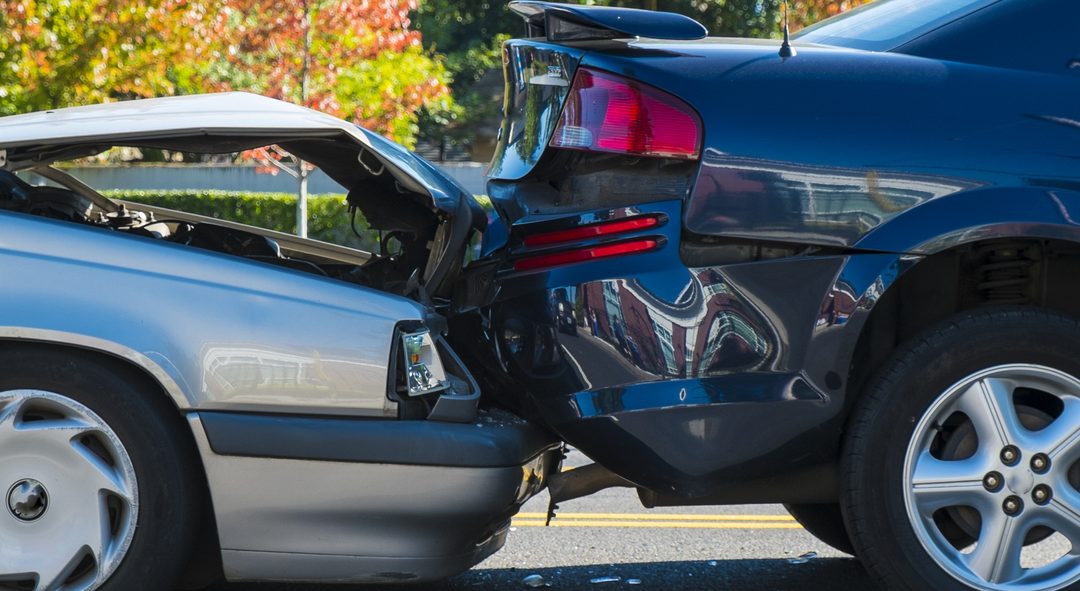In the United States, millions of traffic accidents occur every year, ranging from minor fender-benders to more serious collisions. As an insurance professional with extensive knowledge of traffic safety and best practices, I understand the importance of knowing what to do after a car accident. It’s not just about ensuring your safety but also protecting yourself from potential claims and scams. In this comprehensive guide, I will take you through a step-by-step process to help you make informed decisions in the aftermath of a car accident.
Step 1: Ensure Safety
The immediate priority after a car accident is safety. Here’s what you should do:
- Move to a Safe Location: If possible, move your vehicle out of traffic to prevent further accidents. Turn on your hazard lights to alert other drivers.
- Check for Injuries: Assess yourself and others involved for injuries. If anyone is seriously hurt, call 911 immediately.
Step 2: Contact Law Enforcement
Even in minor accidents, it’s crucial to involve the police. Here’s why:
- Call the Police: Dial 911 or the local non-emergency number to report the accident. Provide accurate details and follow their instructions.
- Obtain a Police Report: The police report will document the accident’s details, which can be invaluable when dealing with insurance claims.
Step 3: Exchange Information
Exchange information with all parties involved, including:
- Driver Information: Collect names, contact details, driver’s license numbers, and insurance information from other drivers.
- Witnesses: If there are witnesses, ask for their contact information. They can provide essential statements if needed.
Step 4: Document the Scene
Gather evidence to support your claim and protect yourself from potential scams:
- Take Photos: Use your smartphone to take pictures of the accident scene, vehicle damage, license plates, and road conditions.
- Write Down Details: Record a detailed account of how the accident happened while the memory is fresh.
Step 5: Notify Your Insurance Company
Contact your insurance company as soon as possible:
- Inform Your Insurer: Report the accident and provide all relevant details to your insurance company.
- Follow Instructions: Follow your insurer’s instructions on filing a claim, including providing the police report and any other requested documents.
Step 6: Seek Medical Attention
Even if injuries seem minor, get a medical evaluation:
- Visit a Doctor: Some injuries may not be immediately apparent. Seeking medical attention helps document injuries for your insurance claim.
Step 7: Beware of Scams
Unfortunately, not everyone involved in an accident has your best interests at heart. Be cautious:
- Avoid Quick Settlements: Don’t rush into settlements with other parties before assessing the full extent of damages and injuries.
- Watch for Scammers: Be wary of individuals who approach you at the scene, especially if they encourage you to use a particular towing service, body shop, or medical facility.
Step 8: Understand Your Coverage
Know your insurance policy inside and out:
- Coverage Review: Understand your coverage limits and deductibles. This knowledge will help you navigate the claims process more effectively.
Step 9: Consult an Attorney (if needed)
In complex cases or when disputes arise, consider legal assistance:
- Legal Advice: Consult an attorney experienced in personal injury or insurance claims if necessary.
Navigating the aftermath of a car accident can be a daunting experience. By following this comprehensive guide, you can ensure your safety, protect your interests, and make informed decisions during a challenging time. Remember, safety and accurate documentation are your allies in safeguarding yourself against potential claims and scams. Always prioritize your well-being and follow these steps to navigate the aftermath of a car accident successfully.

